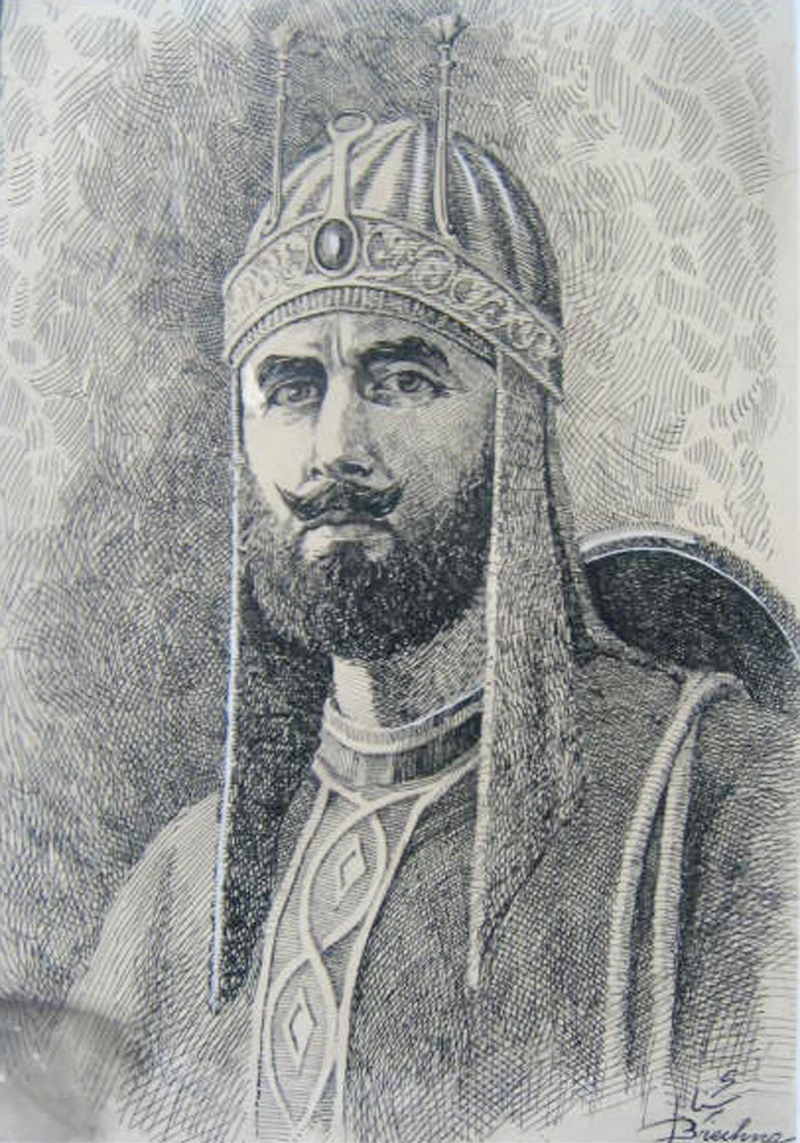History Notes On – Sher Shah Of Sur – For W.B.C.S. Examination.
History is a reasonably popular optional subject that candidates choose in the W.B.C.S. mains exam. It is an important subject as far as the W.B.C.S. is concerned because history is covered in the prelims exam and also in the general studies papers in the mains. If you are an W.B.C.S. aspirant you cannot get by without studying history.Shēr Shah of Sūr, original name Farīd Khan, (born 1486?, Sasaram [India]—died May 22, 1545, Kalinjar), emperor of north India (1540–45) in the Islamic Sūr (Afghan) dynasty of 1540–57 who organized a long-lived bureaucracy responsible to the ruler and created a carefully calculated revenue system. For the first time during the Islamic conquest the relationship between the people and the ruler was systematized, with little oppression or corruption.Continue Reading History Notes On – Sher Shah Of Sur – For W.B.C.S. Examination.
One of eight sons of Ḥasan Khan, a horse breeder, Farīd rebelled against his father and left home to enlist as a soldier in the service of Jamāl Khan, the governor of Jaunpur. He later worked for the Mughal king of Bihar, who rewarded him for bravery with the title of Shēr Khan. After he defeated a Bengal army, he took over the rule of Bihar. In early 1539 he conquered Bengal and, through clever deception, the Rohtas stronghold southwest of Bengal. At the Battle of Chausa on June 26, 1539, he defeated the Mughal emperor Humāyūn and assumed the royal title of Farīd al-Dīn Shēr Shah. In May 1540 at Kannauj he again defeated Humāyūn; he had driven his foes from Bengal, Bihar, Hindustan, and the Punjab and also suppressed the Baluch chiefs on the northwestern frontier. Intent on expanding the sultanate of Delhi, he captured Gwalior and Malwa but was killed during the siege of Kalinjar.
One of the great Muslim rulers of India, Shēr Shah rose from the rank of private to become emperor, efficiently administered the army and tax collections, and built roads, rest houses, and wells for his people. He was generally tolerant of non-Muslims, except in his massacre of Hindus after the surrender of Raisen. His tomb at Sasaram is one of the most magnificent in India.
The earliest Arab invaders had reached India in the 8th century and founded a dynasty in Sind, which left numerous very small silver coins of the Umayyad type. The coinage of the Ghūrid dynasty of northwest Afghanistan and its successors from the 12th century onward is varied and extensive, mainly gold and silver tangas (or rupees) of 10.76 grams. Gold was hardly issued at all in the 15th and 16th centuries, and for a time the coinage was mainly billon. Shēr Shāh of Sūr (1540–45), of northern India, issued a large silver currency of a type carrying the profession of the faith and names of the four caliphs, that was imitated by the Mughal successor of the Sūİs.To check the History Optional syllabus , Click Here.
The coinages of Bābur and Humāyūn, the first two of the Mughal conquerors of India, are not extensive and are of Central Asian character. With the next two emperors, Akbar and Jahāngīr, is found a series unrivaled for variety and, within limitations, beauty—the gold coins of Jahāngir are noble examples of Muslim calligraphy. In the 16th century the type that goes back to Shēr Shāh prevailed: the profession of the faith with the names of the first four caliphs and the emperor’s titles on the other side; Aurangzeb replaced the confession of faith by the mint and date, and this remained the usual type until the end of the dynasty. The emperor’s name is usually enshrined in a Persian couplet to the effect that the metal of the coins acquires added lustre from bearing the emperor’s name. Nearly 50 such verses are found on Jahāngīr’s coins. His reign is also remarkable for the series of coins bearing signs of the zodiac and for the set of portrait mohurs, one of which represents him holding a wine cup. From the beginning of the 18th century the coins become stereotyped, and the epigraphy loses its beauty. The European East India companies copied the native types from the local coinages and did not strike on European lines until the 19th century. A uniform coinage for territories under British administration was introduced in 1835. The right of native states to mint their own coinage was gradually curtailed by the British government. Since 1948, India, Pakistan, and Sri Lanka have had their own coinages. Bangladesh commenced independent coinage on Jan. 1, 1972.
Please subscribe here to get all future updates on this post/page/category/website


 +919674493673
+919674493673  mailus@wbcsmadeeasy.in
mailus@wbcsmadeeasy.in







































































































